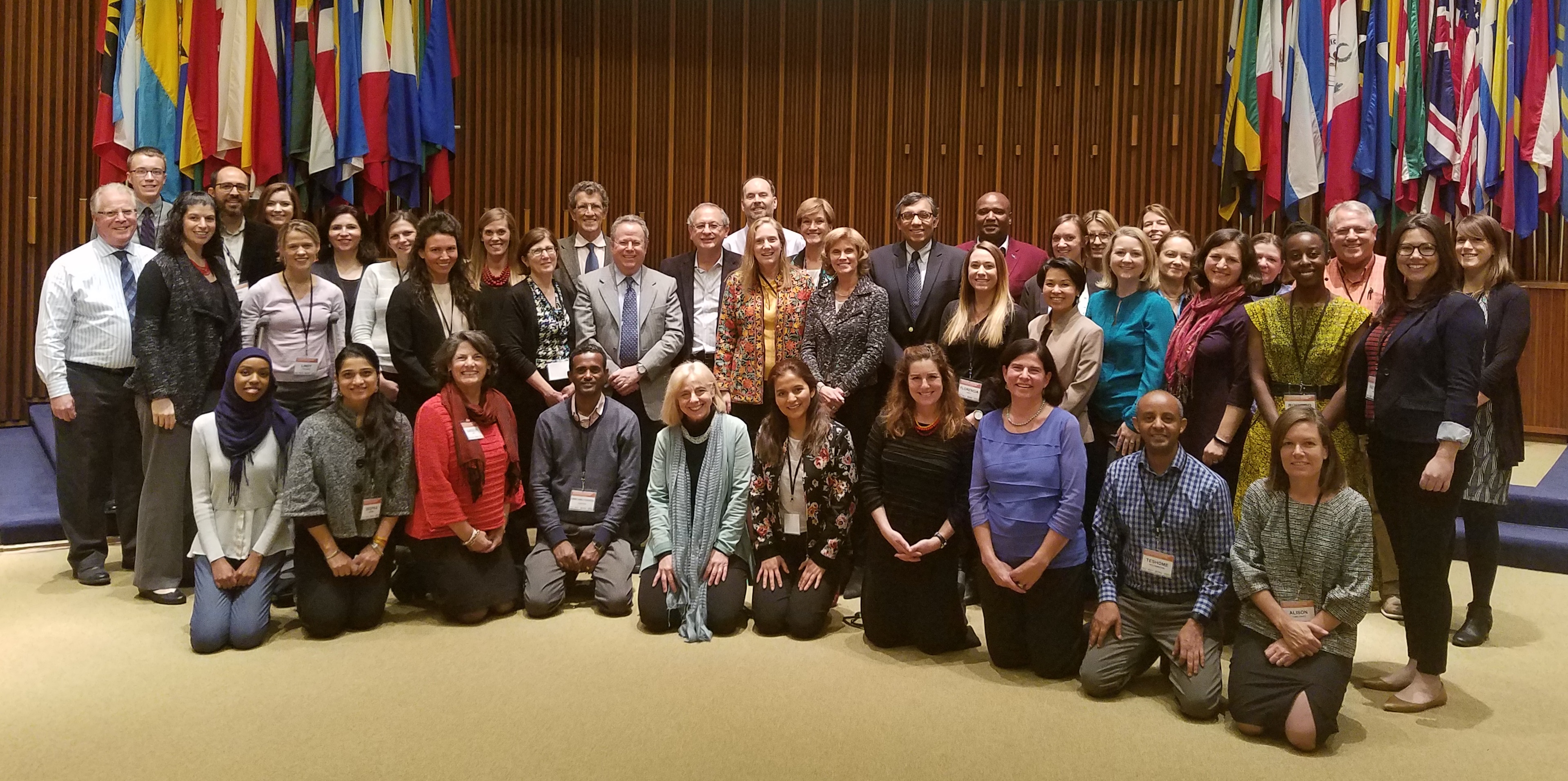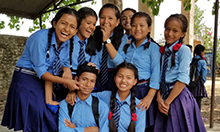
The nutrition of the 900 million adolescent girls (ages 10-19) living today has a profound impact on their current and future health. The 2013 Lancet Series on Maternal and Child Nutrition identified this group as a key priority, and the Global Accelerated Action for the Health of Adolescents (AA-HA!) has revealed stark differences in the causes of death and disabilities when adolescents are separated by age and sex. The Global Strategy for Women's, Children's and Adolescents' Health 2016-2030, also underscores the importance of adolescent girls’ nutrition—for themselves and for their infants and children, if and when they become mothers.
Current nutrition programming, however, does not prioritize this critical population. Although adolescent girls have received growing interest in nutrition, knowledge of their current dietary practices and the impact of the changing food environment is limited, especially in low- and middle-income countries. Additionally, there is not enough evidence on the effectiveness of program interventions specifically targeting adolescent girls.
Building on the recommendations emerging from the 2015 Technical Meeting on the Diet and Eating Practices of Adolescent Girls and Women of Reproductive Age, the United States Agency for International Development (USAID), the SPRING project, and the Pan American Health Organization (PAHO) organized and co-hosted a follow-on two-day Stakeholders Consultation on Adolescent Girls’ Nutrition on October 30-31, 2017. Over 40 global leaders working in adolescent girls’ nutrition gathered at the PAHO Headquarters in Washington, DC to review the current state of evidence, existing guidance, relevant program and implementation experience, and research gaps and priorities related to adolescent girls’ nutrition. During the consultation, stakeholders proposed next steps in moving the adolescent nutrition agenda forward.
Access documents and presentations from the consultation below.

Materials and Presentations
Consultation Materials
Meeting Report (PDF, 939 KB)
Participant Biographies (PDF, 289 KB)
Diet and Eating Practices among Adolescent Girls in Low- and Middle-Income Countries: A Systematic Review (PDF, 2.2 MB)
Guideline: Implementing Effective Actions for Improving Adolescent Nutrition (PDF, 1 MB)
Participant List (PDF, 162 KB)
Concept Note (PDF, 567 KB)
Conceptual Framework (PDF, 31 KB)
Presentations
Carolyn Hart: Framing the Consultation (PDF, 1.8 MB)
Peggy Koniz-Booher: Objectives and Expected Outcomes (PDF, 1.0 MB)
Rukundo Benedict: Comparative Analyses of Adolescent Nutrition Indicators (PDF, 2.3 MB)
Pura Rayco-Solon: Effective Actions for Improving Adolescent Nutrition (PDF, 3.9 MB)
Zulfiqar Bhutta: Diet and Eating Practices Among Adolescent Girls in Low- and Middle-Income Countries: A Systematic Review (PDF, 604 KB)
Emily Keats: Diet and Eating Practices Among Adolescent Girls in Low and Middle Income Countries: Results (PDF, 1.1 MB)
Carlos Monteiro: Brazilian Dietary Guidelines: Health, Well-being And Sustainability in the Same Plate (PDF, 7.4 MB)
Jessica Fanzo: Food Systems, Diets Nutrition and the Double Burden: Influences And Opportunities for Action (PDF, 2.4 MB)
Marcia Griffiths: Behavior-centered Adolescent Nutrition Programs (PDF, 851 KB)
Luz Maria De-Regil: Implementing Nutrition Programs for Adolescents (PDF, 1.9 MB)
Alison Tumilowicz: Program Implementation Gaps, Challenges and Opportunities, And Directions for the Future (PDF, 590 KB)
Corinna Hawkes: Double Duty Actions for Adolescents (PDF, 1.1 MB)


